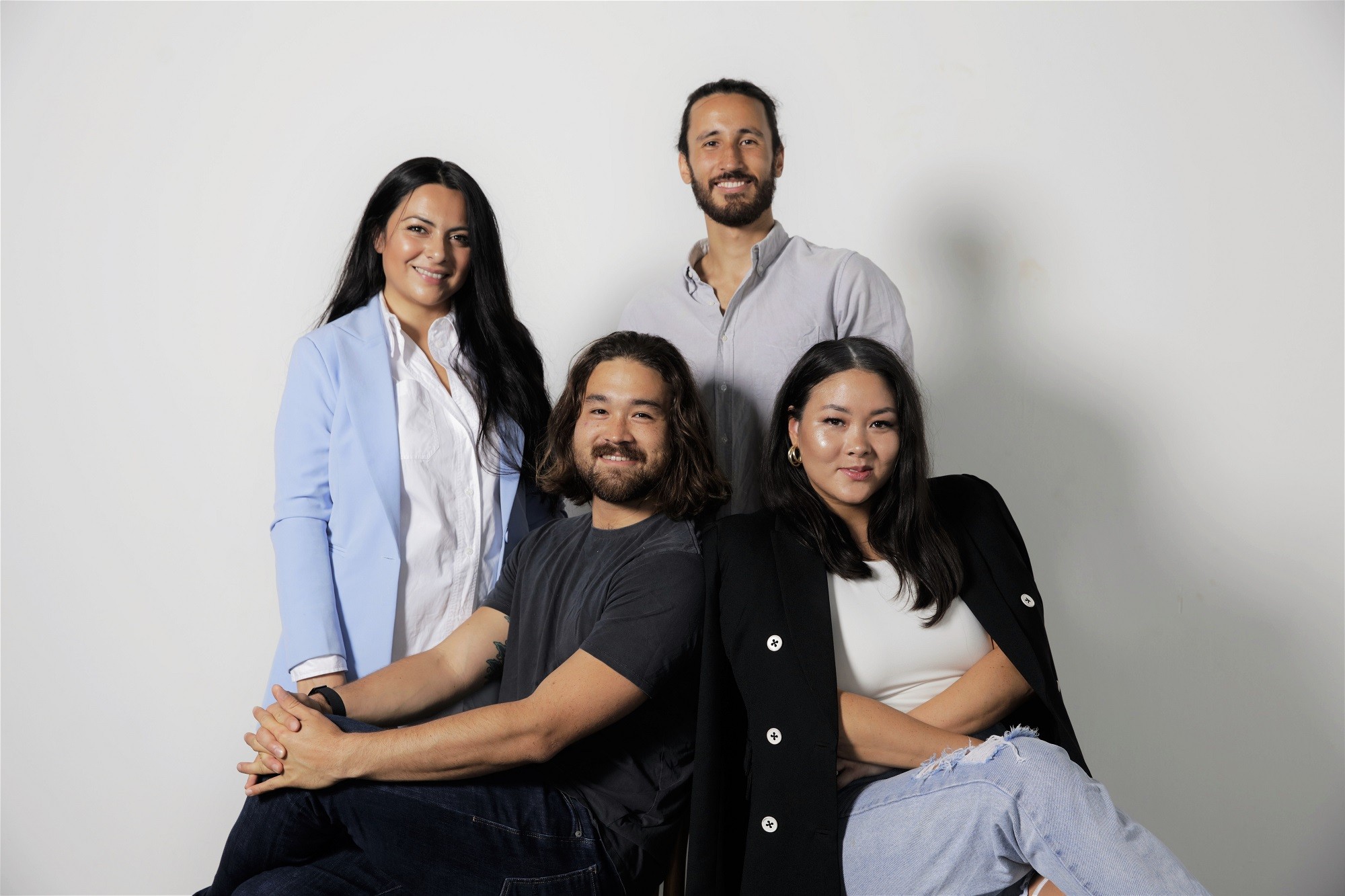Share

Research by the University of South Australia has highlighted that women account for 85 percent of all purchases and drive 70 to 80 percent of all consumer spending. Marketing Mag speaks to Word of Mouth Digital (WOM) co-founder Tash Williams to find out why ‘mum’s the word’ in the Australian marketing sector right now.
New data from the Australian Bureau of Statistics shows household spending has risen by 3 percent compared to 2023. The growth was mainly driven by essential goods and services through an increase in expenditure on transport, food and health, which have seen a gain of 5.6 percent. With women more often than not the decision-makers when it comes to a purchase, brands and advertisers must understand how to target women and mothers to develop effective campaigns that resonate with their diverse experiences.
Additional research by Marketing to Mums found 63 percent of mothers believe “advertisements and brands don’t understand them”. “Mothers remain one of the most misunderstood, misrepresented and undervalued consumer segments in the marketplace,” Williams says. Stereotyping is a key mistake that brands make in marketing to women. “There is a tendency to treat all mothers as a homogenous group when in reality, mothers are incredibly diverse – representing a spectrum of backgrounds, lifestyles and values,” she says.
Authentic experiences craft authentic campaigns
The foundations of Word of Mouth Digital are built upon a powerful team of smart women. With a workforce that consists of more than 70 percent women, and women also forming 80 percent of its senior leadership, WOM Digital deeply understands the needs, aspirations and pain points of fellow mothers.
There are seven mothers on the team, (and one dog mum!) with ten children between them. “Our fully remote workforce facilitates and fosters talented women who deserve not to have to choose between motherhood and their careers,” Williams says.
The WOM team’s first-hand experiences enable them to craft campaigns that not only address practical concerns but also speak to the emotional dimensions across all stages of motherhood.“By tapping into this unique perspective, we can create authentic and varied narratives that avoid stereotypes and truly connect,” Williams says.
Strategies to reach mum audiences
For the first time in our collective culture, first-time parents could be either Gen X, Millennial or Gen Z. As a working mother herself, Williams says she sees mothers “stretching brands to be more creative in their strategies”. “It’s a no-brainer that mothers seek authenticity and trust in the brands they choose for their families, but there’s a broader dynamic at play,” she says.
WOM employs a range of strategies to effectively engage with mothers as consumers and craft campaigns that genuinely resonate with their needs and values. Above all else, they prioritise inclusion within their team to ensure that mothers are represented across all levels of the organisation. “This diverse perspective allows us to better understand and empathise with the varied experiences of mothers,” Williams says.
“Research is at the heart of our strategy. We conduct comprehensive research to gain insights into the evolving needs and preferences of mothers across different demographics and life stages. By staying abreast of these changes we can tailor our messaging and campaigns to effectively address their specific concerns and aspirations.”
WOM has found mothers tend to focus on education and trust-based content, with Pinterest, TikTok and Facebook channels reigning as the most successful channels to reach this audience.
Mums in marketing
Despite accounting for 85 percent of household purchases, marketers are still making mistakes when trying to reach and connect with women.
One common mistake Williams has observed across the industry is the failure to understand the fluid and evolving life cycles of motherhood. “A first-time mother of a newborn will have distinct needs and expectations compared to a mother of a four-year-old,” she says. “Recognising and embracing this fluidity presents a significant opportunity for brands to engage creatively with mothers and tailor campaigns that resonate with their ever-changing needs and circumstances.”
The role of mothers in the marketing workforce contributes to driving innovation and success within the industry. While not one for stereotypes, Williams details a few universal truths she’s observed among working mums. One is their exceptional efficiency with time which benefits them both on individual levels when managing projects but also translates in designing client solutions. Another is their ability to streamline processes and leverage innovative new technologies, particularly in the artificial intelligence landscape to assist in delivering success.
Williams believes the flexibility to work remotely is essential in hiring and retaining working mothers, and that this can also have additional benefits. Opening up a business to experimentation with operations like remote working encourages marketers to look at new approaches and tactics across all aspects of the organisation.
“This kind of flexibility fosters a culture of experimentation and continuous improvement, ultimately leading to the development of more effective and impactful marketing strategies,” Williams says. “Remote working often involves an increased reliance on digital communication and collaboration tools, and as a result, marketers may gain a deeper understanding of digital channels and platforms, including social media, online communities and e-commerce platforms.”
Promoting inclusivity and empowerment
Williams thinks the gap in the prioritisation of hiring mothers in the advertising sector stems from persistent stereotypes and biases surrounding working mums – which ultimately influences hiring decisions. “According to the data from the Workplace Gender Equality Agency (WGEA), women in Australia continue to face barriers to career advancement,” she says. “Addressing these issues and promoting inclusivity in employment is crucial to harnessing the talents and perspectives of women in the advertising sector.”
The new age of motherhood means there is an increased focus on equity of labour in the household, less judgement towards parenting solutions and a rise in empowering mums to maintain their passions, careers and lives outside of their families. To stay ahead of these changes, Williams says “marketers should focus on how to divide communications between both parents – not just the mother, and also how products or services add value or make life easier”.
With the cost of living at an all-time high in 2024, it’s increasingly important to understand the nuances of socio-economic status when targeting or communicating with your audience.
Tash Williams is a marketing director and co-founder at WOM Digital with over seven years of experience in crafting data-driven digital solutions for e-commerce businesses.
Also, read about what consumers in general are seeking in 2024 content marketing.
Photography supplied by Word of Mouth Digital.















